I’ve been a video gamer practically from the womb. I can remember my dad introducing me to gaming by way of Donkey Kong on our shiny new Intellivision and then graduating me up to some version of an Atari computer, on which I started learning BASIC. Growing up, I was a NES connoisseur, keeping up with all the newest games via Nintendo Power, and I was always eager to get the newest cartridge home to play. Back in those days, you knew that whatever you got when you bought a new game was what the game would be forever. The play experience was all about playing the game through to the end and knowing that you’d gotten everything out of the game that you could get. That’s changed drastically over the years to such an extreme point that I believe gaming psychology has evolved to expect and accept things that wouldn’t have been even thinkable in the old days.
Expanding the Gameplay
Prior to the days of the Xbox and Playstation, if a game was successful and the developers wanted to extend the story, they’d do so with sequels. A generation grew up on ever increasing numbers attached to the end of their Super Mario Bros. titles and their Sierra adventure games. King’s Quest had so many sequels that it came close to rivaling some horror movie franchises of those decades. There simply wasn’t a way to provide additional content aside from releasing a completely new game. Each entry into a game series was a discrete and standalone package, and you knew when you bought the game that you’d play through and eventually finish the game, and everything in the package was everything you could expect to get from that game.
Eventually developers realized that they could cut out the development time and resources by creating add-on packs for retail games. These add-ons used the main code from the original game but just inserted new missions and gameplay into the original package. The very first add-on pack I remember getting was a mission pack for the old Punisher PC game. Shortly after that, I saw add-ons for flight combat games, as well as eventually some high-profile disc-based expansions for big-name games like Diablo. Expansion packs became all the rage, and it was rare to see a strategy game or mission based game without some sort of add-on released later.
User-Generated Content
Add-ons moved to digital distribution primarily when the end users started creating their own content. This became really popular with some of the seminal first person shooter games like the Doom series. Players learned the ins and outs of creating maps and levels and started churning out their own homegrown play experiences to share with other players through BBSes or through the early growing internet.
Users wanted to expand the play experiences for themselves and their friends, and the initial digital distribution movement was very much a niche offering. Far more people played the games without the additional levels than with them, but the seeds had been planted.
The Move To Corporate DLC
Seeing the growing popularity of downloadable content (DLC) as a way of extending games’ lives, corporations started getting in on the action. Sega’s Dreamcast was the first video game console to actively support DLC, albeit in a small capacity due to slow transfer speeds at that time.
Microsoft’s new Xbox system expanded upon the possibilities of DLC, offering additional content for hugely successful games like Splinter Cell and Halo 2. The foundations were laid, and it was only a matter of time before the very first DLC would be offered for money.
DLC Goes Pay
In 2002, MechAssault on the Xbox was the first game to charge users real money to download add-on content for a retail game they’d already purchased. The for-pay DLC included some new mech robots, new maps, and new game modes. Players were able to enter their credit card information directly into the Xbox system to pay for this new material.
This was the first time a major company released a game at a full retail price and then charged players to download additional content without providing packaging or a new disk for the expansion. It was only the beginning of what would become the modern age of video gaming.
Era of Microtransactions
The Xbox 360 released with a full online component and a new Xbox Live Marketplace, designed specifically around the concept of microtransactions — that is, charging end users a small amount of money for digitally provided games and add-ons. The Playstation 3 and Wii have followed suit with similar marketplaces, but the 360 got there first and has made the greatest success of this new business model.
It’s now rare to find a game that does not have at least a small amount of after-release and for-pay DLC. Most games releasing now have quite a bit of additional material that is available only as a separate purchase beyond the initial cost of the game. The hugely successful Rock Band and Guitar Hero franchises are built entirely around the DLC business model. Each new disc-based installment that’s released in those series provides a set number of playable songs, but the meat of the games comes with the ability to pay for and download a vast variety of additional songs later.
When Good Intentions Go Bad
As with every good idea, especially those involving big amounts of money going into big companies, there’s a dark side to the DLC model. The game companies now see that players’ psychologies have changed. Players no longer expect to get the whole game in the package they pick up off the store shelves, and they’re more than willing to shell out some extra bucks down the line to extend their games’ lives. The game companies are more than willing to exploit that mindset.
One of the shady practices some current game companies employ is withholding content that otherwise would have gone into an initial game release, with the intention of releasing it later as for-pay DLC. Gears of War 2 is a prime suspect in this, releasing an additional pack of game maps for $5 about a month after the initial game hit store shelves. Additional packs have released since then for around $10 each.
Some companies (I’m looking at you, Capcom) employ that method of withholding content, but they rub it in by actually including the content on the game disc but locking it until the consumer pays more money to unlock it. This happened recently when Street Fighter IV shipped with additional character costumes that only became available after the player paid additional money for the unlock key. Similarly, Resident Evil 5‘s multiplayer versus mode shipped on the game disc but was unplayable and invisible without a for-pay unlock, masked as DLC that was downloading as completely new content.
Changing Expectations
As shady as all of that sounds, that’s the way modern video gaming works, and we accept it. More than that, we actively support it. When I buy a new video game, I no longer expect for what I’m buying to be what I actually play. Fallout 3, one of the best games of the past year, came with the promise of additional content on the horizon. Since then, Bethesda has released three add-on packs as DLC at $10 a pop, and I’ve bought every one. Now, my (for now) complete Fallout 3 package has become a $90 game, instead of $60 like I initially paid. Nearly every game I own has ended up costing more than the store price in the long run. I don’t even want to think about how much my Rock Band and Rock Band 2 addictions add up to by now.
Does this mean that the current DLC market is a bad thing? Not necessarily. In fact, I think downloadable content, when done in a forthright way that respects the consumer and provides the end user with good value for the money, is the best thing to happen to video games in a long, long time. The advent of DLC and its proliferation in video gaming is significant enough that I think it’s safe to call it a paradigm shift in the hobby. We have grown to have new and bigger expectations from the games we buy, and we’re willing to pay for it.
I have to credit CheapyD and Wombat of the CAGCast for opening my eyes to some of the seedier aspects of the world of downloadable content. Thanks, guys!



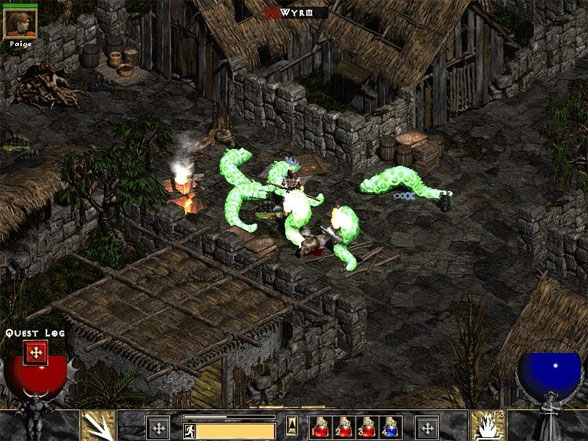
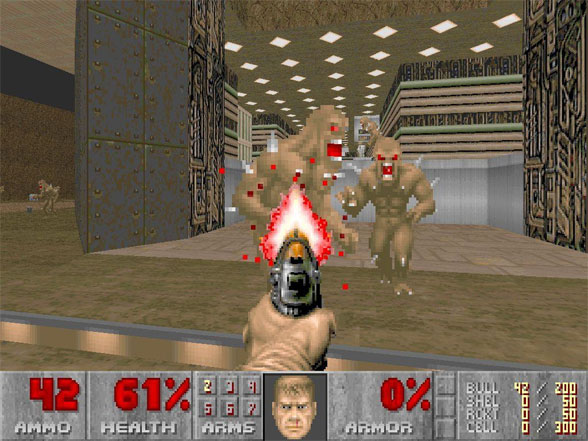
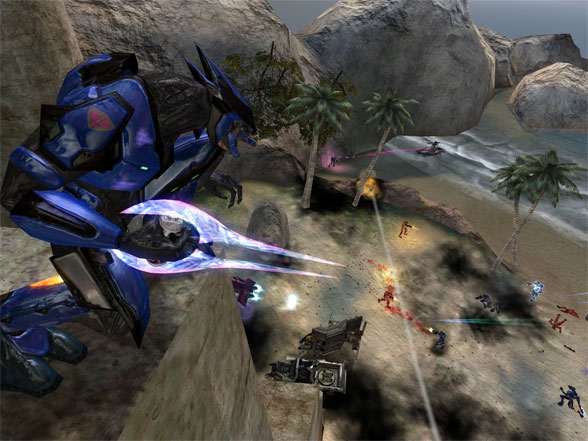
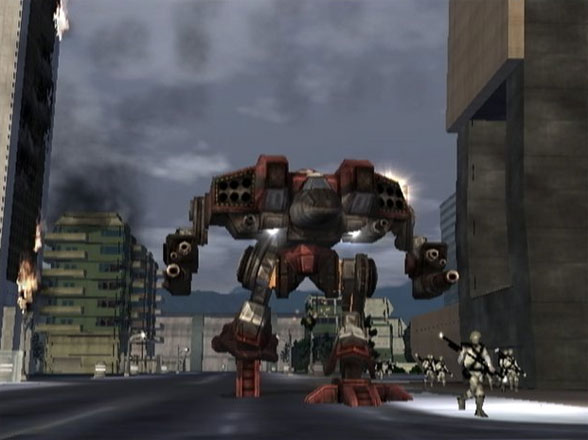

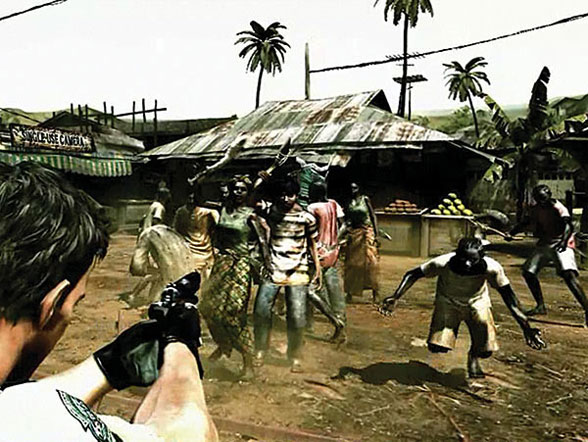





Well said, Jason and I agree that DLC (in the end) will be the best for gaming customers.